By
Rosa Bertoli
last updated
in Features
Rosa Bertoli was born in Udine, Italy, and now lives in London. Since 2014, she has been the Design Editor of Wallpaper*, where she oversees design content for the print and online editions, as well as special editorial projects. Through her role at Wallpaper*, she has written extensively about all areas of design. Rosa has been speaker and moderator for various design talks and conferences including London Craft Week, Maison & Objet, The Italian Cultural Institute (London), Clippings, Zaha Hadid Design, Kartell and Frieze Art Fair. Rosa has been on judging panels for the Chart Architecture Award, the Dutch Design Awards and the DesignGuild Marks. She has written for numerous English and Italian language publications, and worked as a content and communication consultant for fashion and design brands.

Architects and preservationists weigh in on five buildings to watch in 2026, from brutalist icons to the 'Sistine Chapel' of New Deal art
By Adrian Madlener Published
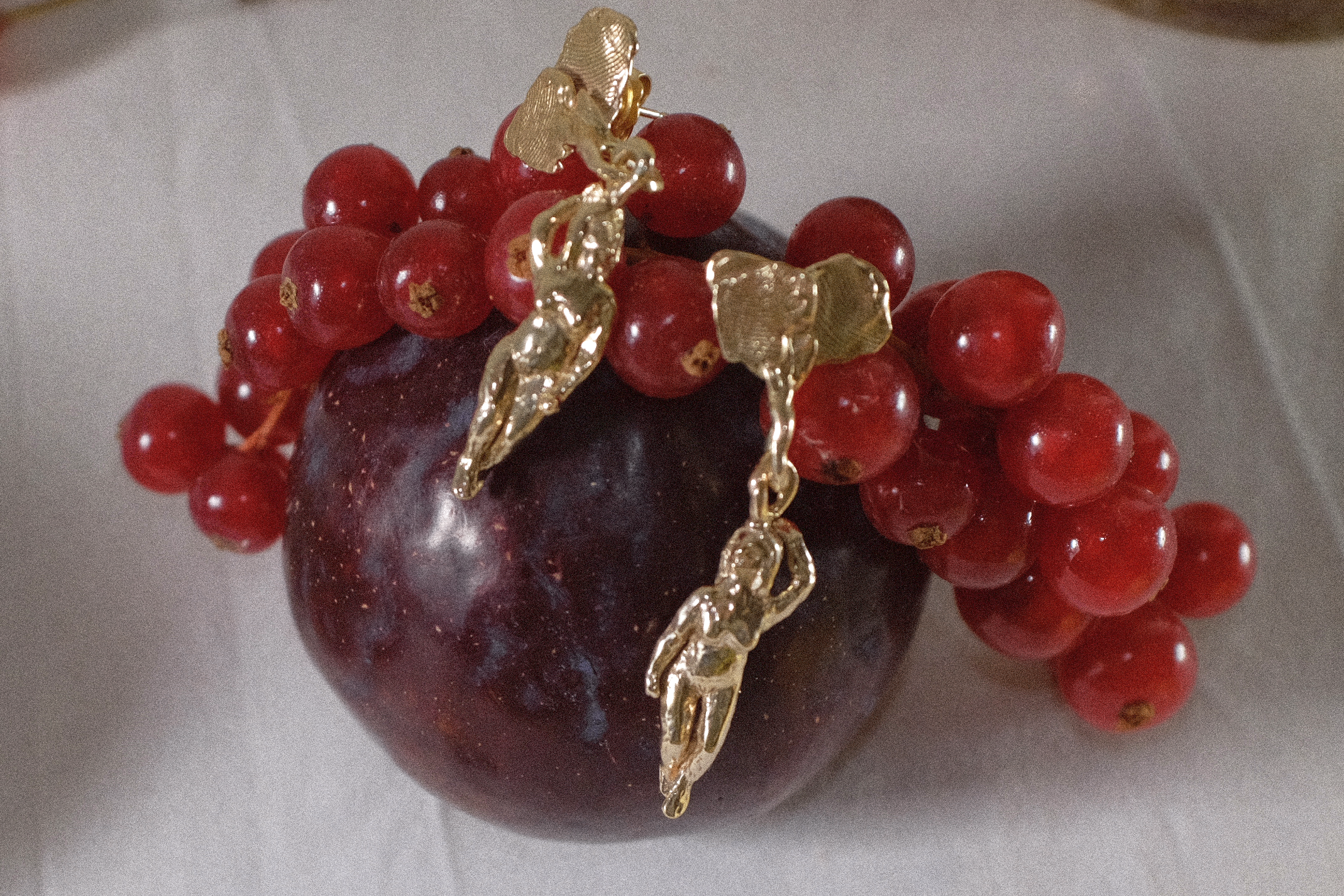
Self-taught jeweller Georgia Kemball is inspired by fairytales for her whimsical jewellery
By Belle Hutton Published

At the western foothills of Mount Fuji, Gora Kadan’s second property translates imperial heritage into a deeply immersive, design-led retreat
By Sable Massingill Martinez Published
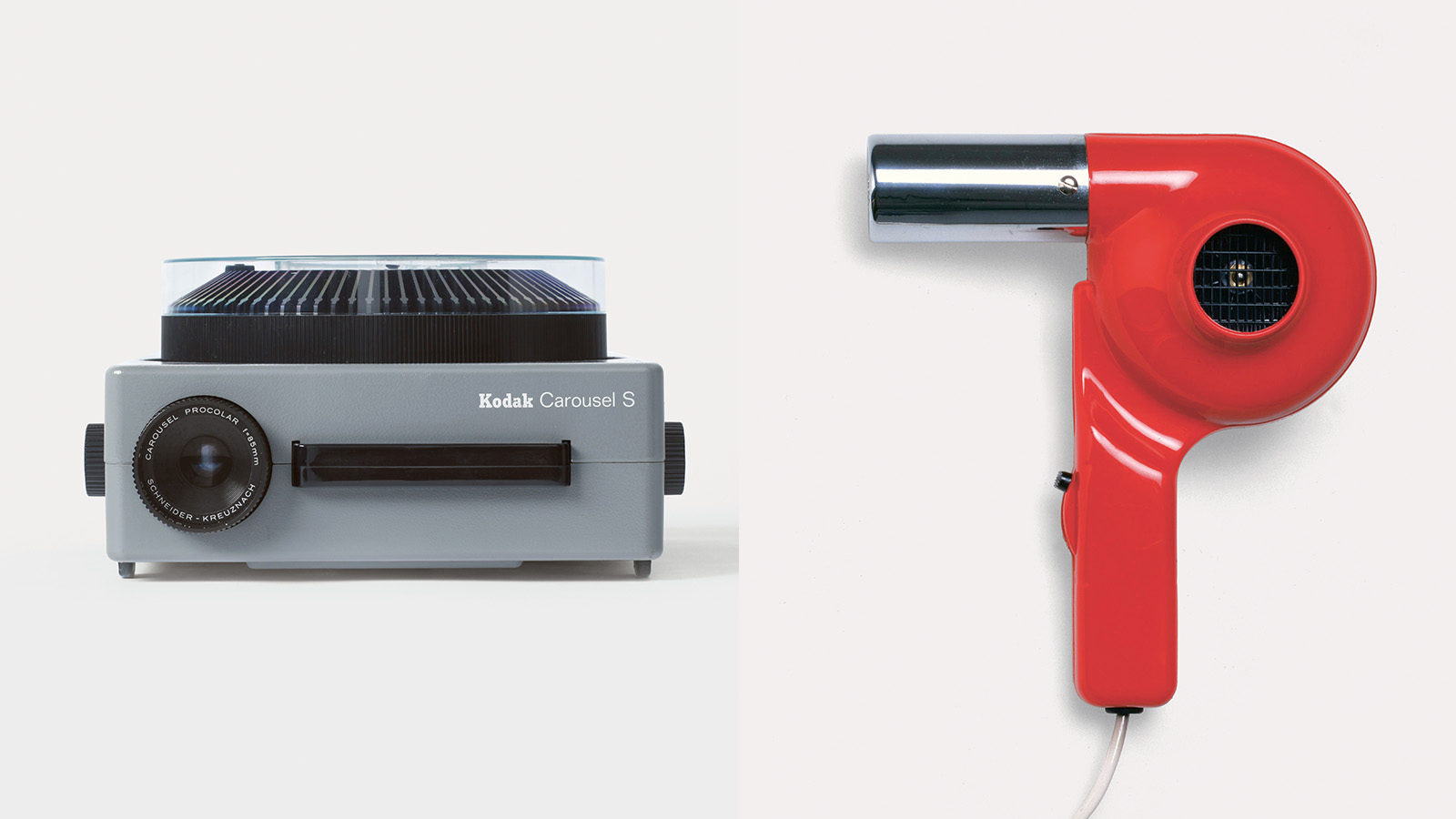
‘Mid-Century Modern Designers’ is a new book from Phaidon celebrating those who shaped the period and their notable creations, from furniture to objects
By Tianna Williams Published

Laura May Todd's survey of Italian interiors is the perfect antidote to January gloom, taking a look inside 50 distinctive Italian homes
By Ali Morris Published
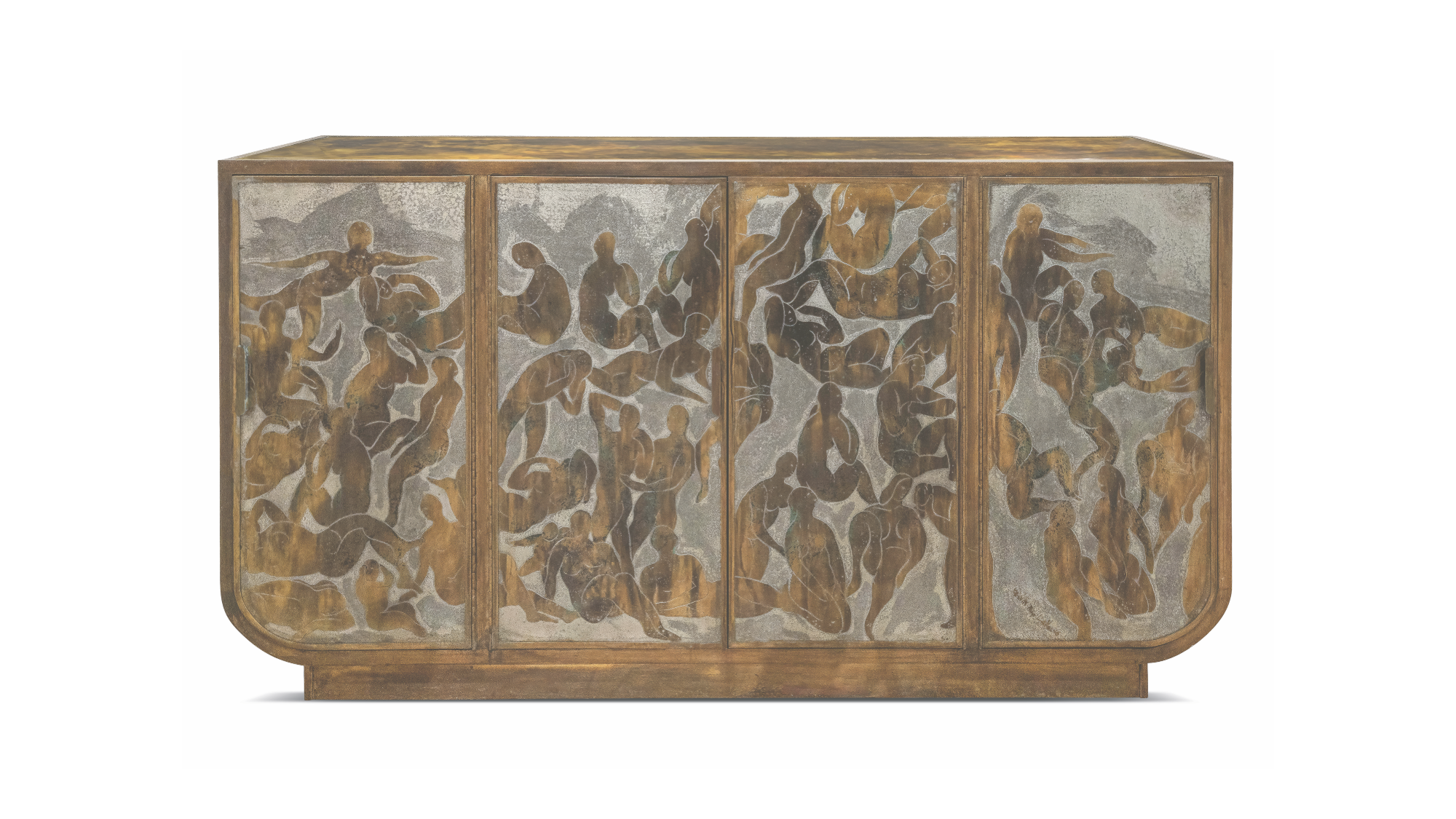
The work of Philip and Kelvin LaVerne, prized by collectors of 20th-century American art, is the subject of a new book by gallerist Evan Lobel; he tells us more
By Léa Teuscher Published
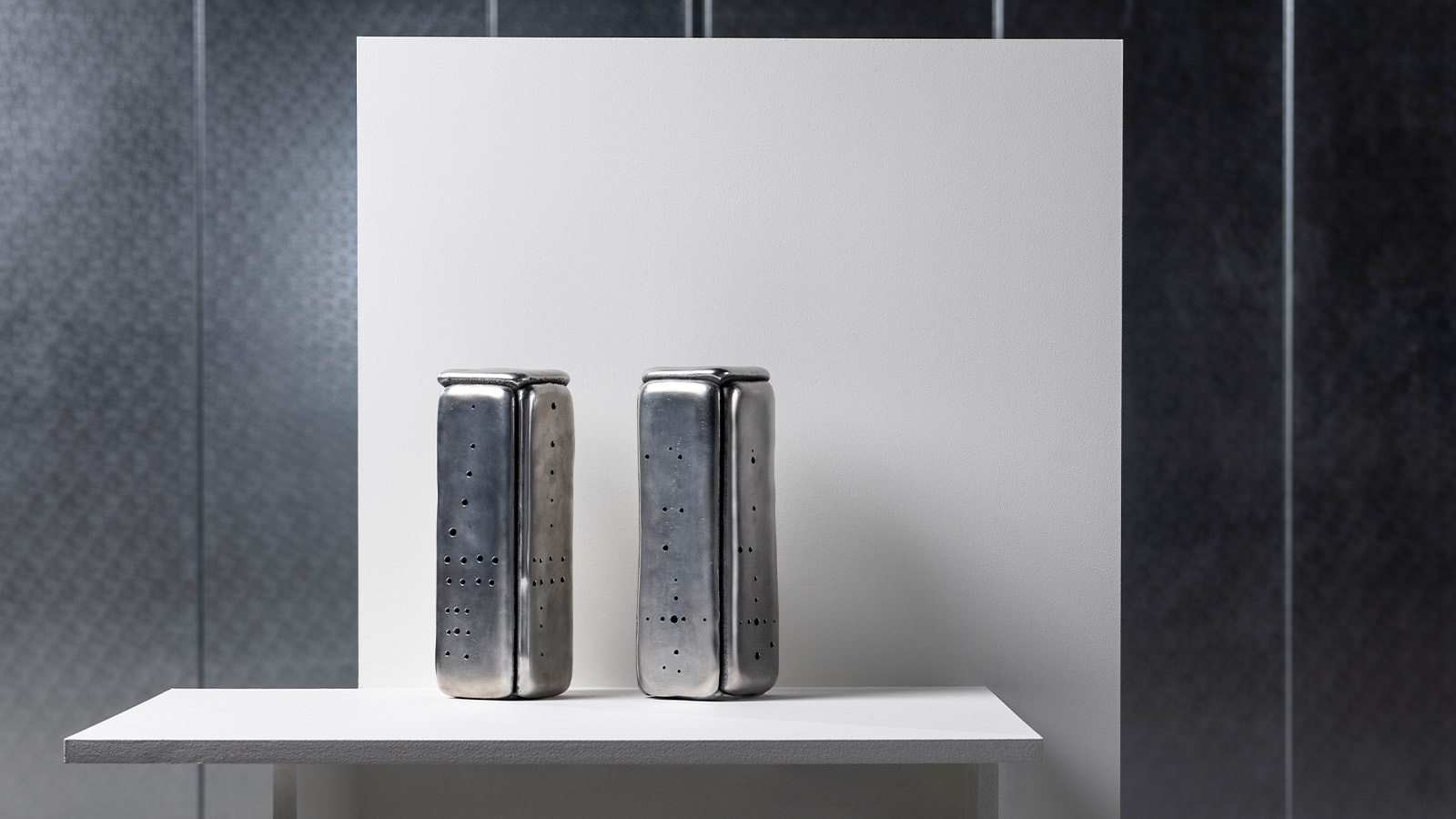
As Dundee Design Week gets ready for its fifth edition, a bookish commission shines a light on two pioneering female journalists from the city’s storied past
By Alyn Griffiths Published
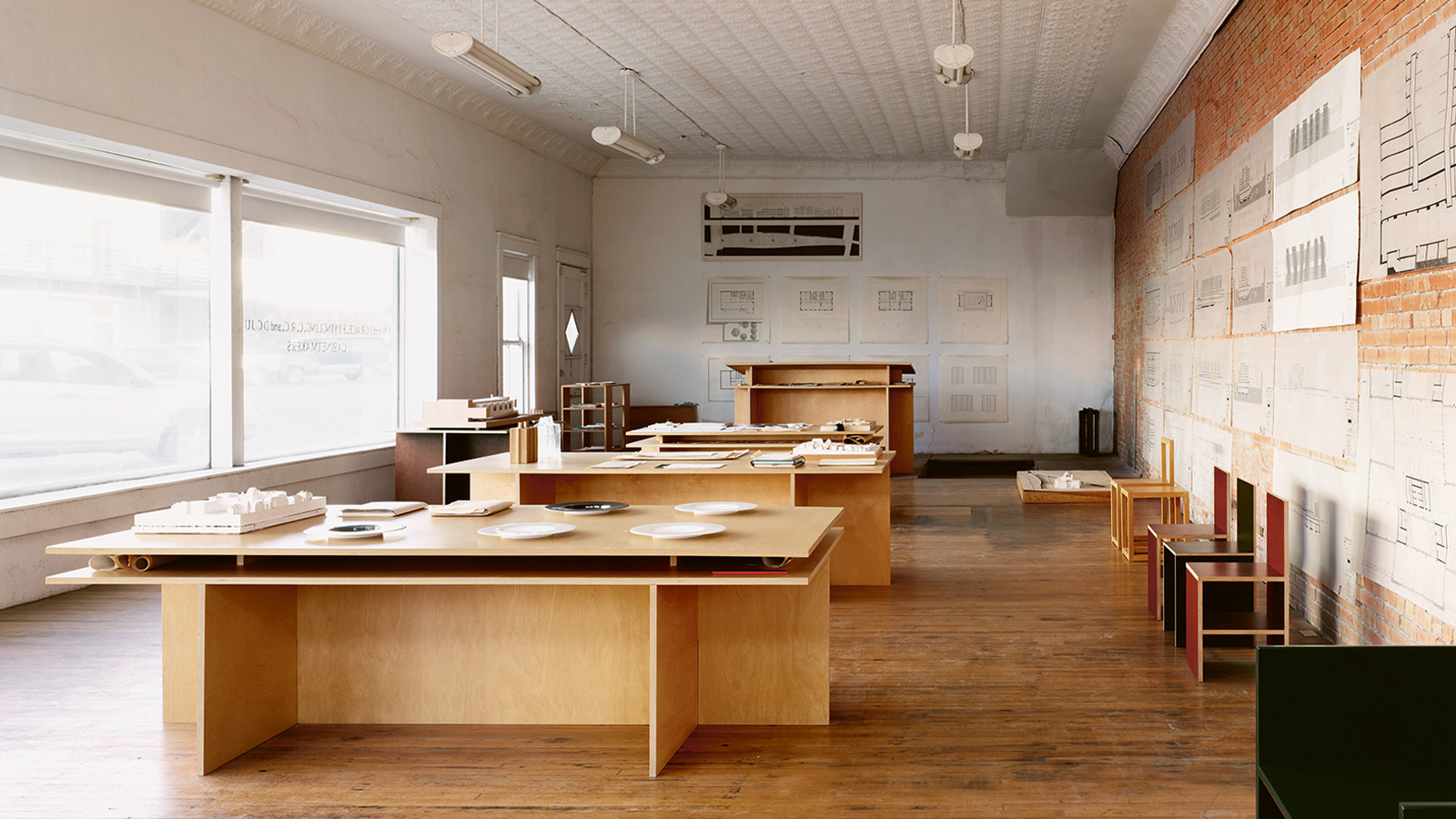
As new book ‘Donald Judd Furniture’ lands, the artist’s children Rainer and Flavin discuss their father’s legacy
By Diana Budds Published
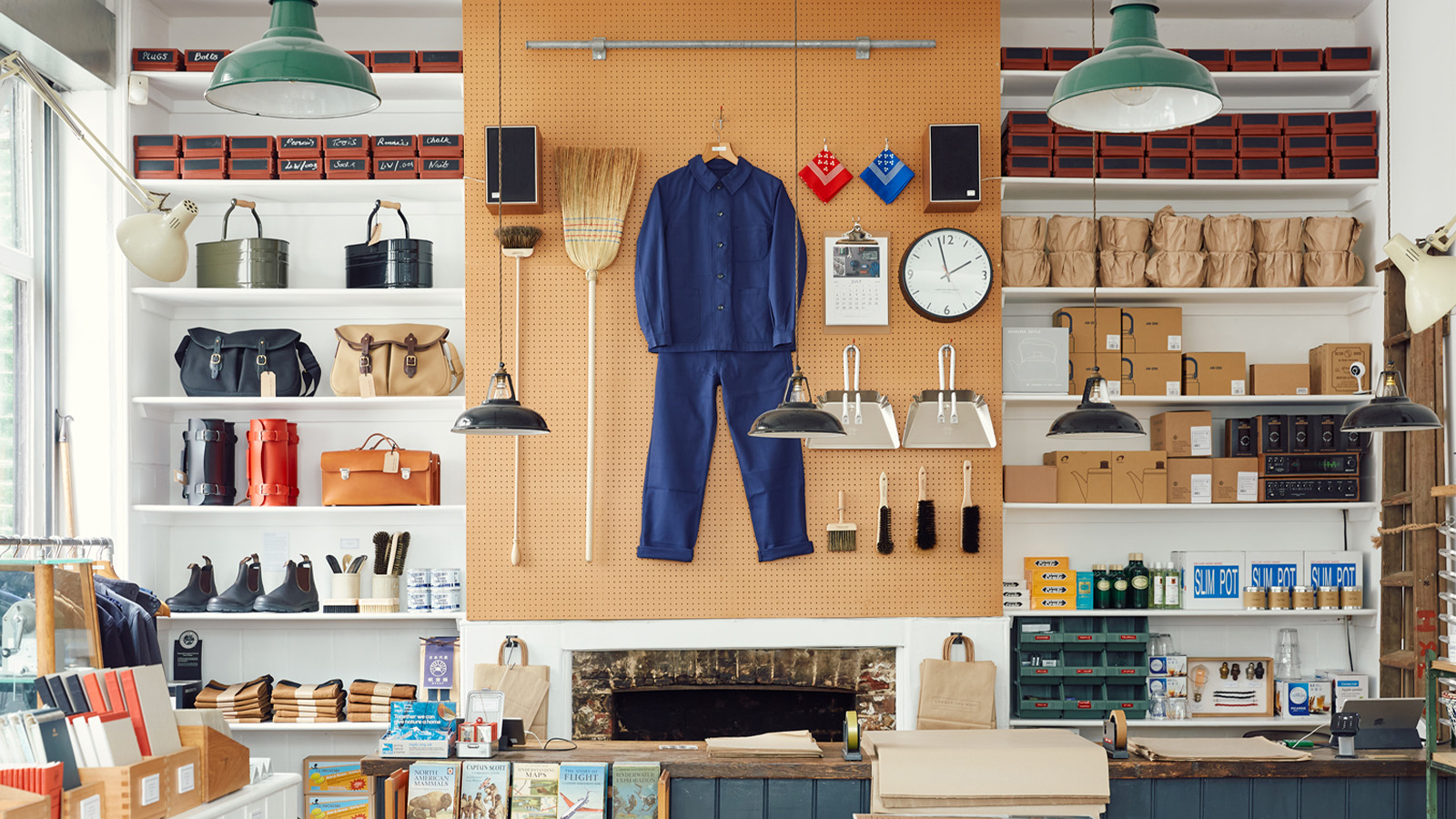
‘An opinionated guide to Design London’ by Sujata Burman and Wallpaper’s Rosa Bertoli is a carefully curated tour of intriguing design spots across the capital
By Tianna Williams Published
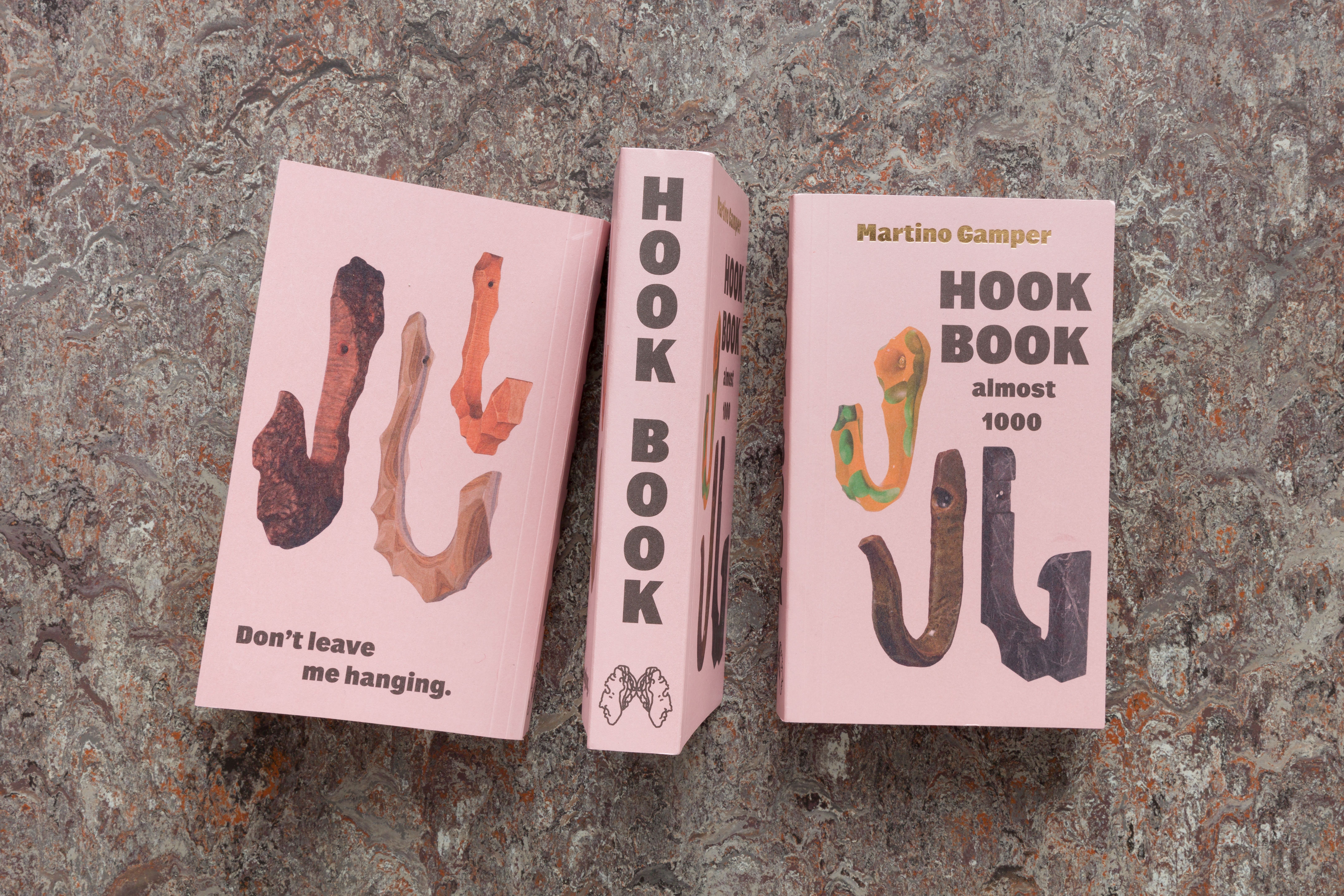
Italian maverick designer Martino Gamper doesn't hang around. He has a new book featuring 1,000 hooks made by hand. We ask him how and why...
By Hugo Macdonald Published

Louis Poulsen: First House of Light, published by Phaidon, is a new design book delving into the Danish company's world of radiant lighting
By Jens H Jensen Published